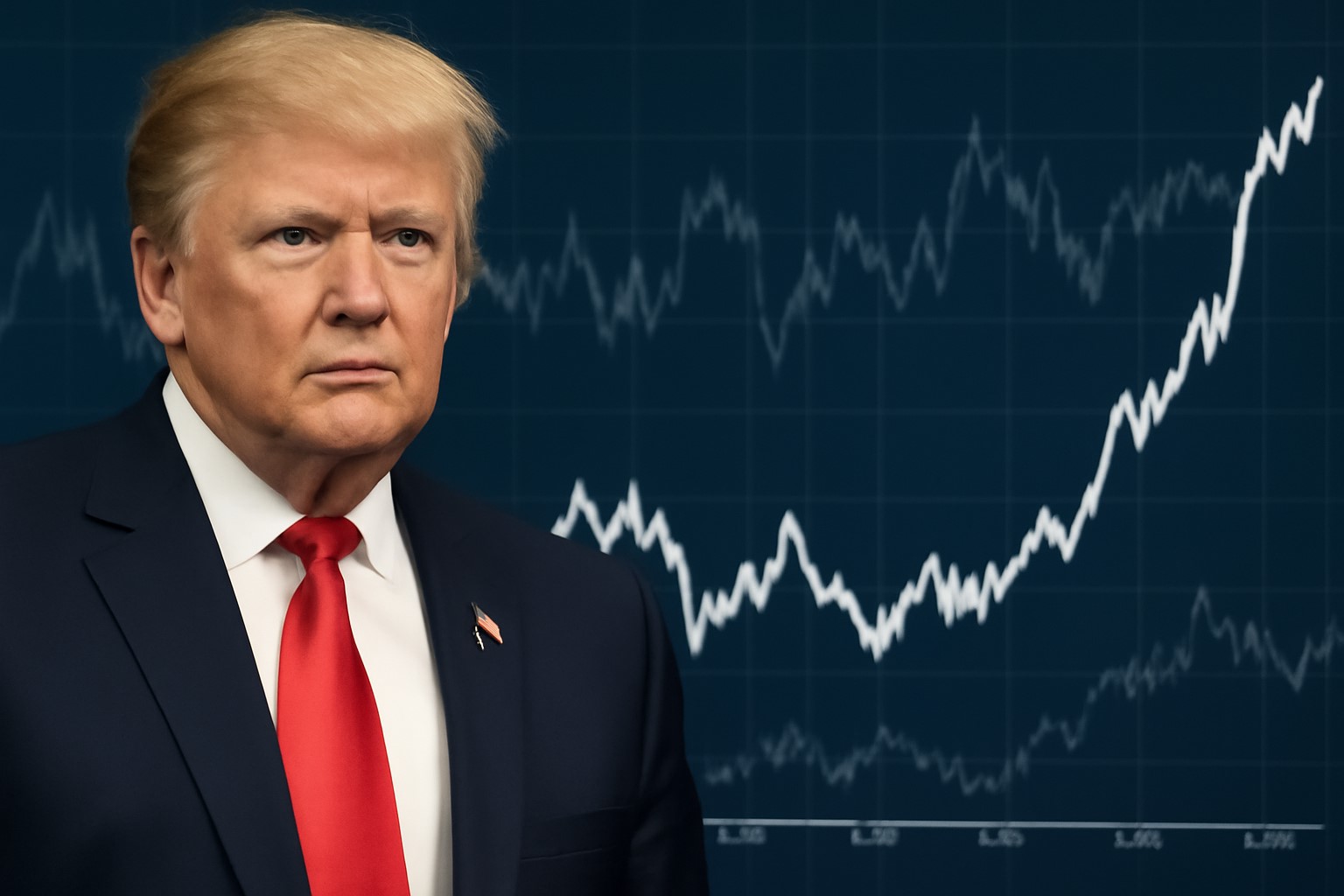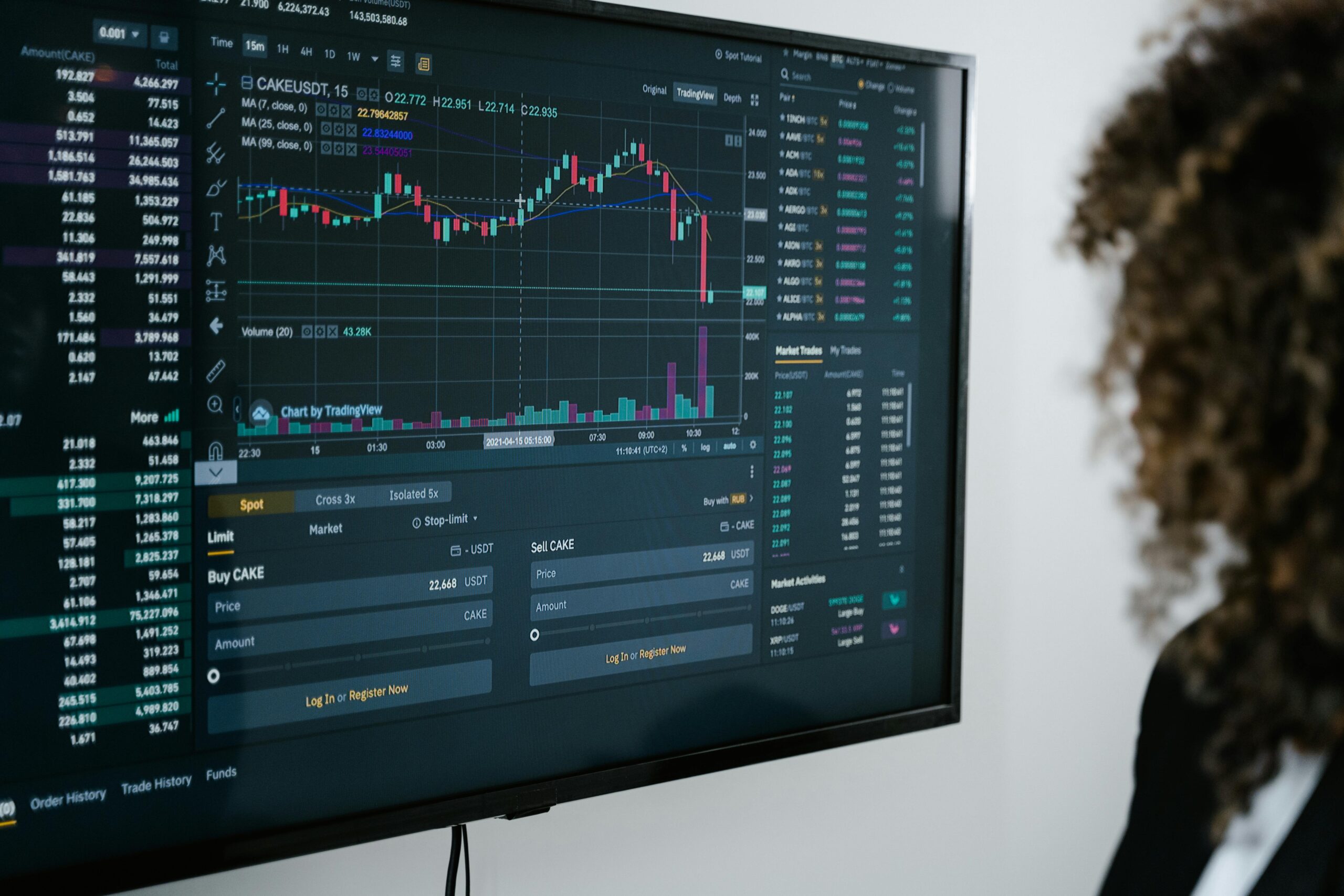Markets Waver as Economic Indicators Flash Red
U.S. markets wrapped up a volatile April with mixed results as investors digested a wave of disappointing macroeconomic data and renewed trade policy instability. The S&P 500 managed a modest 0.15% gain, while the Nasdaq slipped 0.86% and the Dow rose by 141 points.
The biggest headline? A surprise contraction in Q1 GDP, which fell 0.3% on an annualized basis—the first decline since 2022. For investors, this number raised immediate concerns about a softening economy, particularly as it coincided with tariff-driven supply chain distortions and consumer pullbacks.
What’s Driving the Decline?
According to the Commerce Department, the contraction was largely driven by:
- A 41% surge in imports as firms stockpiled goods ahead of impending tariffs.
- Weak consumer spending, now at a 12-month low.
- Reduced government expenditures.
While Trump has paused select tariffs and hinted at trade negotiations with key nations like India, these moves haven’t stabilized sentiment. Instead, the April 2 announcement of “reciprocal” tariffs created a wave of uncertainty, at one point pulling the S&P 500 down more than 11% during the month.
Political Spin vs. Market Reaction
In a post on Truth Social, President Trump shifted blame to Joe Biden, branding the market drop as the result of a lingering “Biden Overhang” and distancing himself from recent economic woes.
“This is Biden’s Stock Market, not Trump’s,” Trump wrote.
From an investment perspective, this deflection may not calm markets. Trump’s second-term performance, by the numbers, has been among the weakest first-100-day stretches for any U.S. president in decades.
Sector Impact: Tariffs Weigh on Earnings
Tariff anxiety is now bleeding into earnings reports:
- First Solar and GE HealthCare both issued lowered guidance due to rising costs.
- Nvidia slipped after weak performance from Super Micro Computer, which has ripple effects across the AI and semiconductor space.
As companies recalibrate their forecasts, investors will need to assess how prolonged protectionist trade policies might affect profit margins, supply chains, and global exposure.
What to Watch Going Forward
According to Sound View Wealth Advisors’ Kelly Bouchillon, the current volatility is “very clearly brought on by the uncertainty surrounding the tariffs.”
Key risks for investors in the coming quarter include:
- Additional tariff rollouts or retaliatory measures from trade partners.
- A further slowdown in consumer spending.
- Increasing earnings downgrades across global-facing sectors.
Bottom line:
Until trade policies stabilize and macro indicators improve, investors should prepare for choppy conditions and potentially reallocate toward defensive positions.



